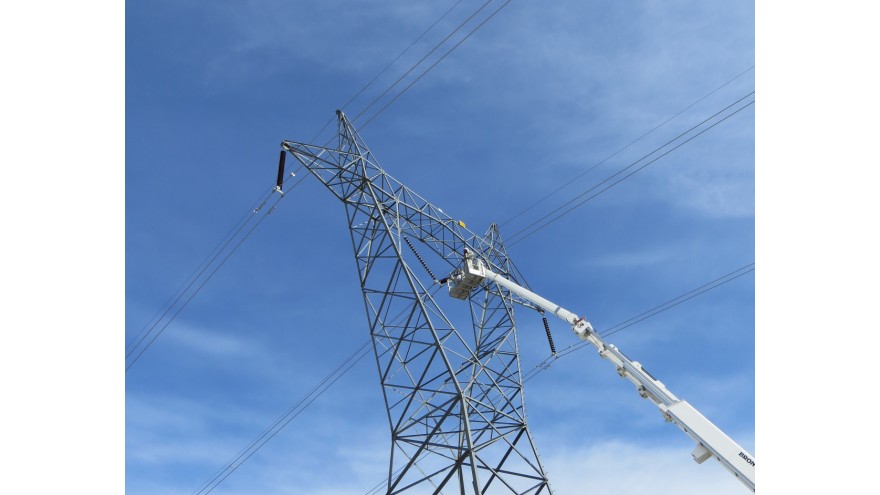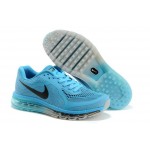How Sensor Data Change From Device To Cloud
If you are monitoring soil conditions on a giant farm in the Midwest, you don’t need constant video surveillance, but you may need a long-range radio link. If you are placing video cameras on the street in high-crime areas, you need high bandwidth.
The evolution of accessible radio standards over the last 25 years has led to a plethora of ways to pass information collected at a large number of data-gathering devices (sensors, cameras, microphones) to the cloud, and send commands back from the cloud to act on the information. This is why there is such a large buzz over possible benefits of the Internet of Things.
The problem for many developers of applications using this new “infrastructure” is choosing the right combination of power, coverage, data rate, and cost.
In the latter case, you need to decide if you want the video to go directly to a mobile-phone tower (through a high-power transmitter from each camera) or to a small number of Wi-Fi routers on telephone poles that can collect multiple videos and blast them to the mobile-phone tower over a super-high-bandwidth link.
If you have multiple fire and smoke detectors in remote forests far from a mobile-phone tower (let alone an Ethernet cable), you may want a sub-1-GHz mesh network that covers long distances without using large amounts of power.
With so much interest in the IoT from investors, we will probably see an overwhelming number of configurations. It will be a form of evolution, with the financially fittest and most useful species surviving.
Only Connect—In A Myriad Of Ways
We know that these recently evolved radio links allow multiple devices to connect to the cloud—but how do they do it?
The answer is that there are several ways to connect devices to the cloud today. The list below is arranged in order of increasing complexity in getting from the sensor to an Internet connection—which, you'll remember, is all people really mean when they say "the cloud."
Sensor To Cloud Over Ethernet
This is the simplest and evolved in the 1970s and 1980s, before the development of all the radio links. The sensor includes a processor that is sophisticated enough to configure the data to be sent to the cloud. The Ethernet connection would connect to wired Internet service. The problem: Some places don’t have wired Internet. The processor could also have the ability to update or modify the functions of the sensor. No radio link is involved.
Sensor To Mobile-Phone Network To Cloud
The mobile-phone network began to develop in the early 1980s. These early cellular networks were the first widely available radio link for connecting sensors to the cloud. The disadvantages are that (1) the sensor still needs a wired connection to a mobile phone or needs an expensive custom radio in the mobile-phone band to connect to the phone tower; (2) the uplink (sensor to the phone tower) radio transmitter needs a fair amount of power to reach the tower; and (3) the user needs to pay the mobile network provider for usage.
Sensor To Long-Range Radio To The Cloud
Regulators established several license-free radio bands as early as 1947, but these did not attract much interest until mobile phones really caught on in the late 1990s. Two of these bands, at 902-928 MHz and 2400-2483 MHz, are the frequencies used in the IEEE 802.15.4 standard created in 2003. (There are other standards, such as Zigbee, in one or both of these bands.)
One configuration that uses these bands is a mesh network, which consists of many small, low-power radios connected to each other to relay data from remote sensors at the outer edges of an area to radios at a collection point. Each collection point has access to the cloud. This allows for wide-area usage by deploying sensors connected to very low-power radios.
Sensor To Wi-Fi Router To Cloud
The 2400-2483 MHz band and another license-free band at 5130-5835 MHz were the original frequency bands of the 802.11 Wi-Fi standard created in 1997. These are used primarily for Wi-Fi access points, which are widely available in cities these days. The largest number of these routers are in homes, businesses, and public gathering places (coffee shops, malls, and airports).
A smaller number of more specialized routers are used in industry and infrastructure. This is the most widely-used way today to connect mobile devices (laptops, tablets, smart phones) to the cloud. The router is connected to the cloud with an Ethernet cable. In fact, most applications in smartphones connect to the cloud primarily through a Wi-Fi router. Only when no accessible router is available do mobile phones connect to the cloud through a mobile-phone tower (which costs the user money as opposed to Wi-Fi, which is typically free).
Shortly after Wi-Fi-capable smartphones became available, remote sensors that could connect directly to a Wi-Fi router also began to appear. This means that small sensors with a low-power Wi-Fi radio can be placed within range of a WiFi router and connect to the Internet. No need to have a powerful radio to reach a mobile-phone tower a few miles away.
Sensor To Mobile Phone To Cloud
In many applications, the sensor just needs to connect to a mobile phone instead of connecting directly to a Wi-Fi router. The main reason for this is to allow the mobile-phone user to interact directly with the sensor before sending the information up to the cloud. Another reason is that some applications, like a wireless earphone connected to the mobile phone, don’t need to go any further than the phone.
These applications are served by the Bluetooth standard, which was created in 1998. It was added to the 802.15.4 standard in 2003 but continues to maintain its own independent working group. It works in the same 2400-2483 MHz license-free band used by one of the Wi-Fi bands.
Recently, a version of Bluetooth called Bluetooth Low Energy (BLE) was introduced that draws very little power and is well-suited to simple sensors with low data rates or low on-off duty cycles. This has led to a rapid increase in small sensors (like Fitbit fitness trackers and others like it) that connect to mobile phones, which in turn connect to a Wi-Fi router or a mobile network.
Another recent development is Wi-Fi routers that contain a Bluetooth radio as well as Wi-Fi. With these, BLE sensors can connect directly to the router and on to the cloud without passing through a mobile phone.
The figure above, with three radio links, looks complicated, but it shows that with the choice of radio standards and improvements in processing, there will be more and more configurations to enable the Internet of Things.
Where We Are and Where We Are Going
The introduction of mobile phones three decades ago started a wireless revolution that has led to a distributed infrastructure that can observe, monitor, collect data, provide feedback, and, one hopes, improve quality of life. We are now at a point where businesses and individuals have several ways of gathering and exchanging information without being tethered to a location.
It is good to have multiple radio standards available, but it is sometimes difficult for people to decide which approach is the best for their application, device, or business. Complicating matters is the fact that many of these standards are adding features that are similar to those of other existing standards.
So the bad news is that choosing a standard may get more confusing. The good news is that the competition for market share from these standards should continue to lower operating costs. The evolution of the Internet of Things is still in progress.
Guest author Larry Burgess is the wireless technical editor at Voler Systems.
Lead photo by Western Area Power; illustrations by Voler Systems





Comments